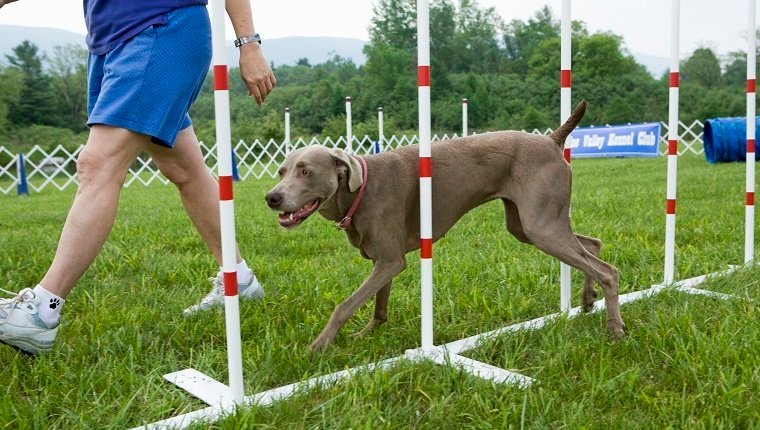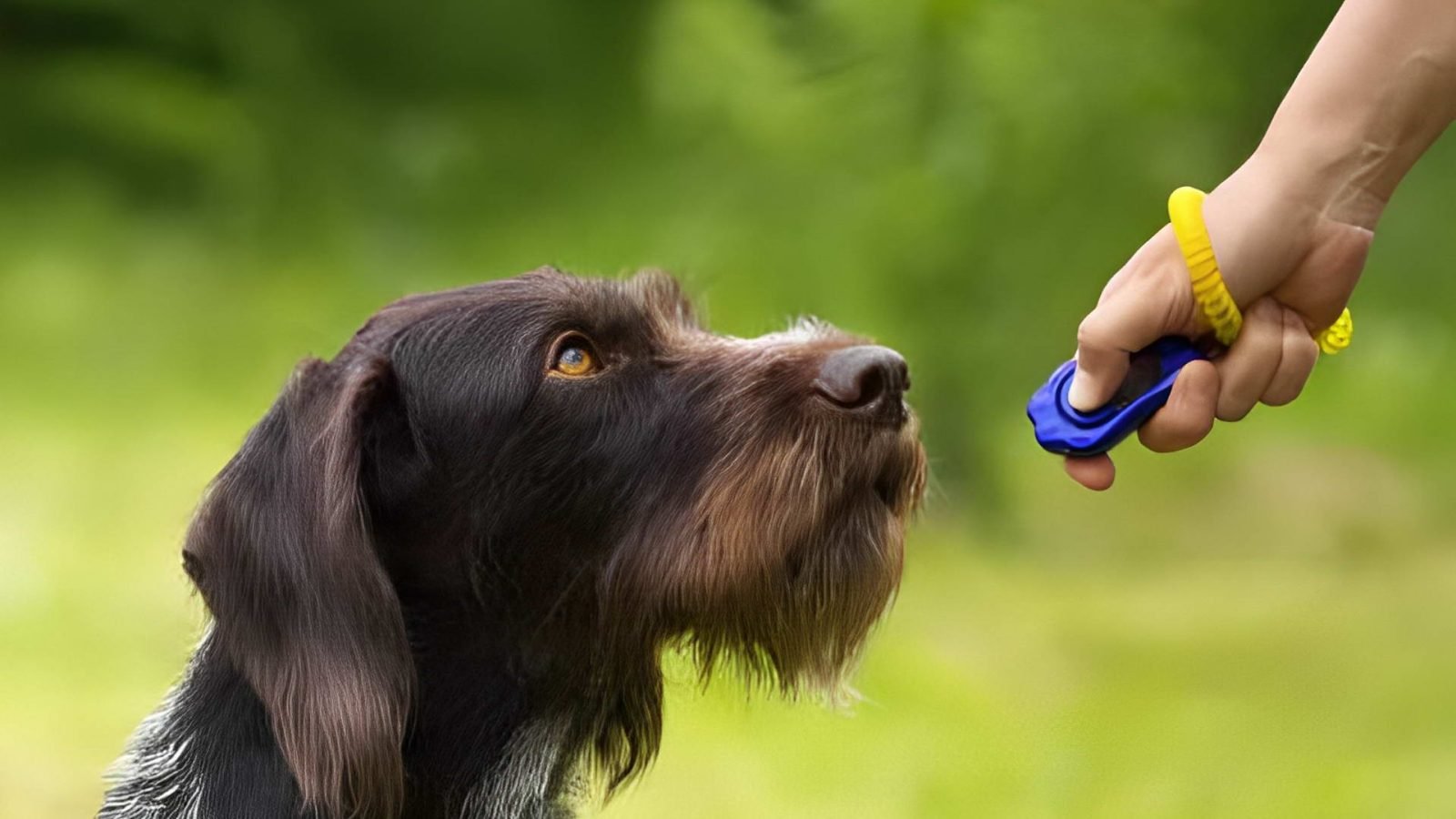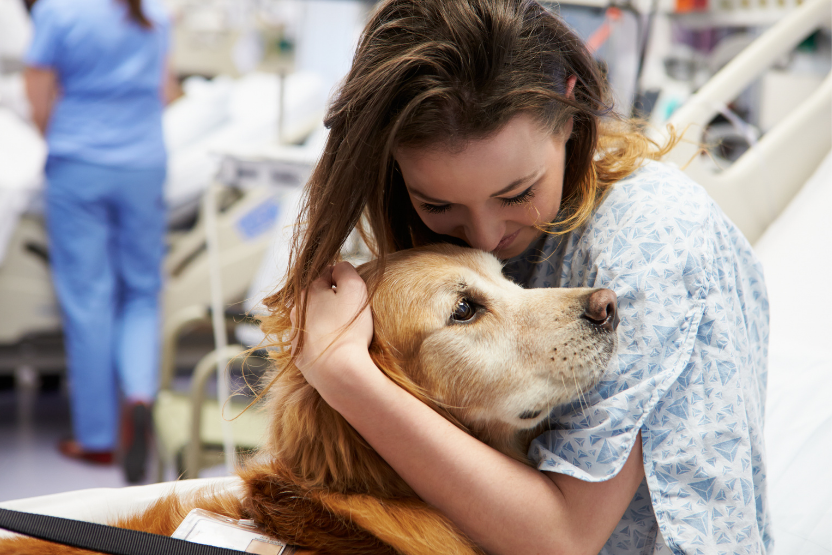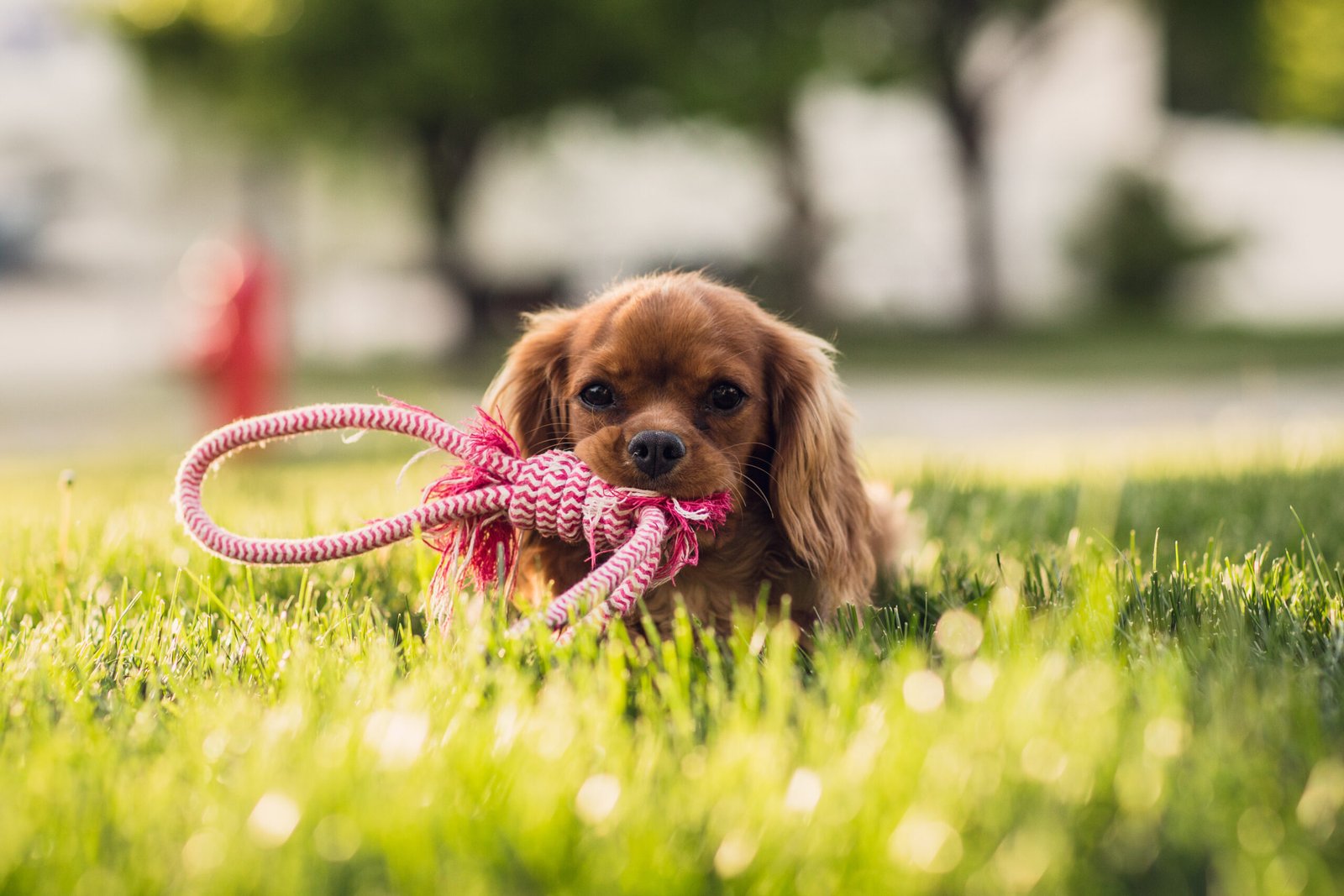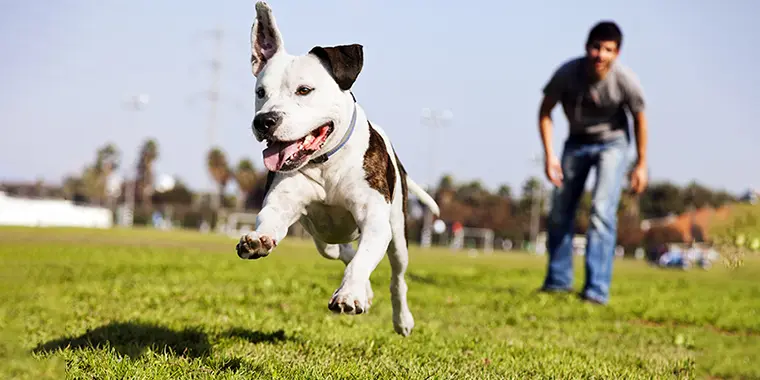When it comes to training your dog, using the right techniques can make a huge difference. Knowing the top dog training techniques can help you build a strong bond with your dog while also teaching them essential behaviours. In this guide, we’ll explore some of the most effective dog training methods that can work wonders for you and your pet.
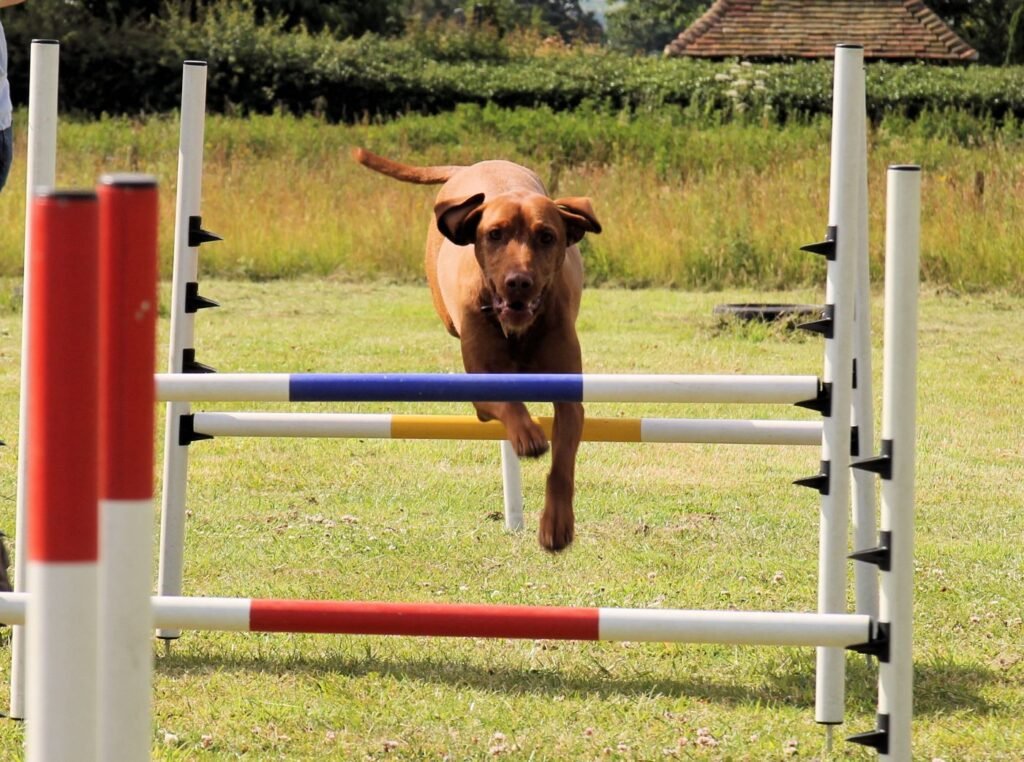
1. Positive Reinforcement
The first of the top dog training techniques is positive reinforcement. This method involves rewarding your dog when they do something right. By giving your dog a treat, praise, or affection right after they perform a command, you encourage them to repeat the behaviour.
This technique works because dogs love rewards, and they quickly learn which actions bring positive results. Whether you’re teaching your dog to sit, stay, or come, positive reinforcement can help them associate good behaviour with a reward.
Tip:
Make sure to reward your dog immediately after they do the right thing. Timing is crucial for them to understand what they’re being rewarded for.
2. Clicker Training
Another great method among the top dog training techniques is clicker training. Clicker training uses a small device that makes a clicking sound when pressed. The sound is followed by a treat to mark the exact moment your dog performs the desired behavior.
This technique helps your dog connect the click with a reward, making it easier for them to understand what you want them to do. Clicker training is especially effective for teaching complex behaviors because the sound marks the moment of success.
Tip:
Start by clicking when your dog does something simple, like sitting. After a few successful attempts, you can use the clicker to mark more complex actions.
3. Consistency Is Key
One of the most important top dog training techniques is consistency. Dogs thrive on routine, and they need to hear the same command every time they need to perform a behavior. Using different words for the same command can confuse your dog.
For example, always use the same word for “sit” and never mix it up with other words like “down” or “stay.” This helps your dog understand exactly what you want and speeds up their learning process.
Tip:
If there are multiple people in your household, make sure everyone uses the same commands and rewards to avoid confusing your dog.
4. Keep Training Sessions Short and Fun
Training can be a fun experience for both you and your dog if you keep the sessions short and enjoyable. Dogs have limited attention spans, so top dog training techniques include keeping each session between 5 to 10 minutes. This ensures that your dog stays engaged and doesn’t get bored.
To make training fun, mix up the exercises, use different toys, or try playing games. For example, hide and seek or fetch can be used to reinforce commands like “come” or “drop.”
Tip:
If your dog seems tired or distracted, it’s time to stop and try again later. Keeping sessions short and fun will help your dog stay excited to learn.
5. Socialization Is Essential
Socializing your dog is another crucial part of the top dog training techniques. Early socialization helps your dog become comfortable with other dogs, people, and different environments. This makes your dog more confident and well-behaved in various situations.
Start by exposing your dog to new environments, people, and other dogs in a controlled way. Gradually increase the difficulty by introducing more distractions. Reward your dog for staying calm and responding to your commands in these situations.
Tip:
Take your dog to parks, or organize playdates with other dogs. The more your dog interacts with different situations, the better their behavior will be.
6. Leash Training
Leash training is another essential skill in top dog training techniques. Teaching your dog to walk nicely on a leash makes outings more enjoyable for both of you. Start with short walks and reward your dog when they walk beside you without pulling.
If your dog starts pulling, stop and wait for them to return to your side before continuing. This teaches your dog that pulling will not get them anywhere, and walking calmly will.
Tip:
Be patient and consistent. Leash training may take time, but with persistence, your dog will learn to walk calmly beside you.
7. Redirecting Negative Behavior
Sometimes, dogs display unwanted behavior, like chewing furniture or barking excessively. One of the most effective top dog training techniques for this is redirecting their attention. When your dog engages in negative behavior, redirect them to a positive action, like chewing on a toy or playing fetch.
This helps your dog understand that certain behaviors are not acceptable, and it encourages them to focus on more appropriate activities.
Tip:
Be proactive. If you see your dog about to engage in negative behavior, try redirecting them before it starts.
Conclusion
Training your dog doesn’t have to be difficult. By using the top dog training techniques, such as positive reinforcement, consistency, and socialization, you’ll be able to teach your dog good behavior while having fun. Remember, patience is key, and every dog learns at their own pace. With time and effort, your dog will become well-behaved and happy. So, start using these techniques today and enjoy your journey together!







